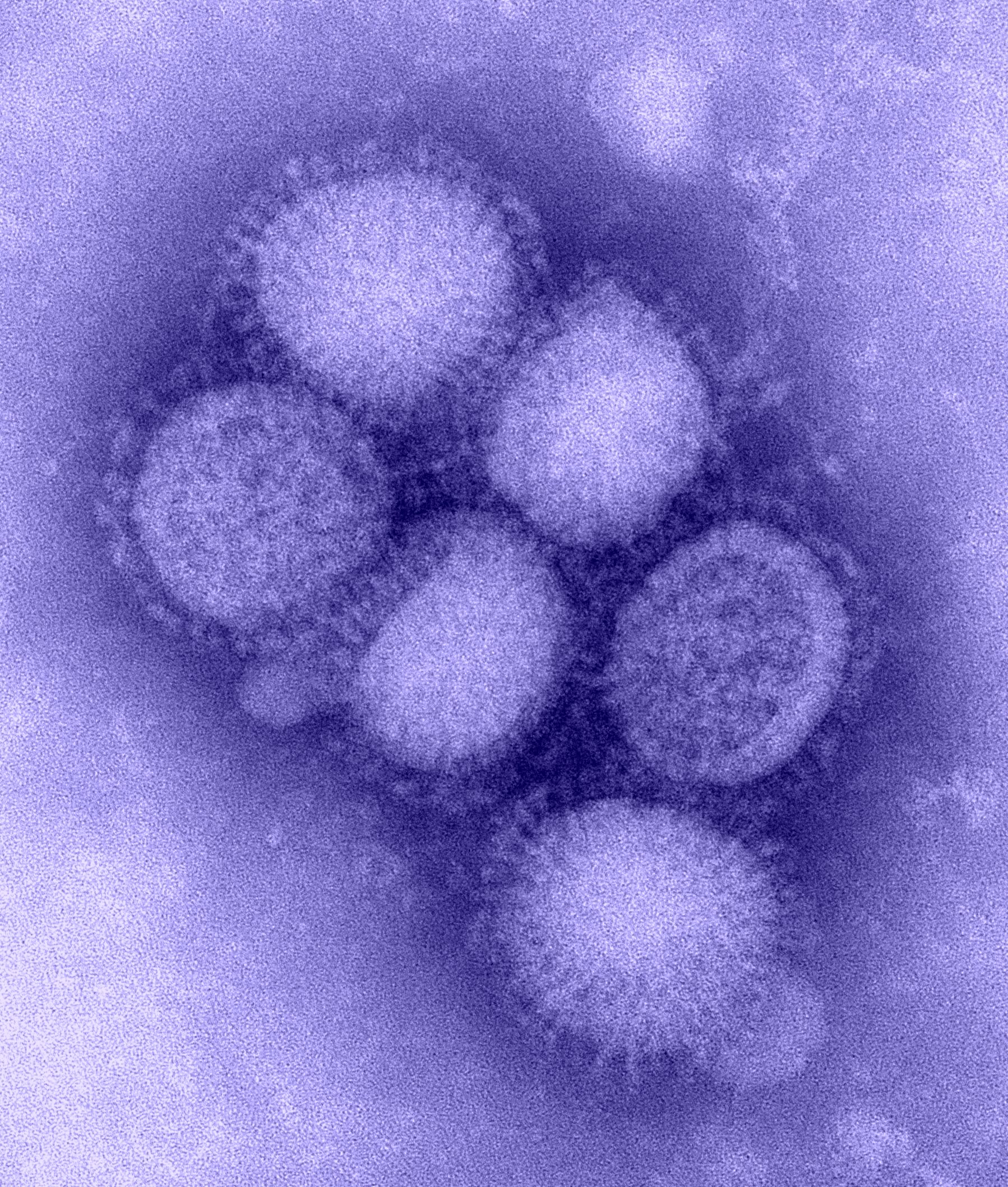By Angelo Verzoni
Boston University News Service
BOSTON – “Put him in a body bag!” chanted the boisterous, banner-wielding bunch of teenagers, bleeding red, white and black, at a Scarborough High School ice hockey game.
“It’s all in good fun,” Andrew Reichl, a former student at the southern Maine high school, where ice hockey is as popular as L.L. Bean backpacks, said in an email. “It’s all about extremes in high school. If you’re not saying the most outrageous things, you’re not going to get heard.”
But hard hits, especially ones to the head, are no laughing matter. Repetitive blows to the head can lead to chronic traumatic encephalopathy (CTE) in athletes and others, research suggests.
CTE is a progressive brain disease that can result after repetitive concussions, or blows to the head. The Center for the Study of Traumatic Encephalopathy (CSTE), a collaborative effort born out of the Boston University School of Medicine (BUSM) and the Sports Legacy Institute, has been researching CTE since 2008, when BUSM received a $1 million grant from the National Football League (NFL) to fund the project.
CTE is a disease that starts early on as a result of repeated blows to the head, said Dr. Robert Stern, one of the four co-directors at the CSTE, in a telephone interview. It triggers “a cascade of events in the neurons and other brain cells that lead to the accumulation of an abnormal form of the protein called tau,” said Stern. “And that abnormal form clumps together to create what are called neurofibrillary tangles. And that accumulation of neurofibrillary tangles and tau throughout the brain eventually leads to the destruction of brain cells. And as the cells get destroyed, symptoms begin.”
The symptoms are broken into three areas, explained Stern: cognitive, behavioral and emotional. Cognitive symptoms include changes in memory and changes in what are known as executive functions, such as multitasking, organization, judgment and impulse control. Behavioral symptoms include rage, problems with emotional control and changes in personality. Emotional, or “mood symptoms,” include depression, apathy and thoughts of suicide.
As the disease progresses, symptoms in all of these areas can worsen, said Stern. In some people, problems with motor functioning occur, such as loss of balance, falling or difficulty speaking. “In a subset of individuals, there’s the development of a motor neuron disease like ALS, or Lou Gehrig’s disease,” said Stern. “And then, eventually, if someone lives long enough and more brain tissue is destroyed, the person develops a full-blown dementia.”
So, is CTE an alienesque super-disease sprung up in the last decade or so?
Not quite; in fact, the longtime bane of boxers, it is far from it. CTE is the same thing that used to be referred to as “punch drunk,” or dementia pugilistica, said Stern. “We’ve known about the longterm effects of boxing, which is what ‘punch drunk’ and dementia pugilistica are, since 1928, when the first scientific article was published in the Journal of the American Medical Association.”
Exposure to repetitive brain trauma – more or less, blows to the head – is the necessary variable for developing CTE. But it is not sufficient for developing the disease. “In other words, not everyone who hits their head over and over again develops this progressive brain disease,” said Stern.
“Anyone who might have a history of being hit in the head over and over again is at risk for developing CTE, whether it’s a boxer or a football player or a hockey player or a soccer player,” said Stern. But the scope of those at risk is not limited to athletes, he clarified. There is a case of a circus clown, who had been repetitively and, it goes without saying, forcefully shot out of a cannon, who developed CTE, said Stern. “Anything that results in repetitive blows to the head can lead to CTE,” he said.
A lineman in football will hit his head 1,000 to 1,500 times a year, estimated Stern. That is around 20 to 25 g (as in g-force): “The equivalent, each one of those, of running a car into a brick wall at 35 miles per hour. Brain cells are being hurt,” he said, every play of every game and every practice.
“The symptoms of CTE do not usually begin until one’s 30s or 40s or 50s, years or decades after the person stops getting their head hit,” said Stern. And once it starts, it spreads, he said, very much like Alzheimer’s disease.
So what do athletes think?
Nicholas Neugebauer, a sophomore at Castleton State College in Vermont, continues to play football and lacrosse despite having suffered three concussions when he was in high school. “I already suffer from short-term memory loss,” Neugebauer said in a string of text messages, “and I worry about the longterm effects.” But he loves playing too much to give it up, he said.
The NFL is making an effort to increase awareness of the dangers of concussions and prevent them. But many agree that the efforts at the high-school and even college level are lackluster. “They’re making an outreach to coaches in high schools to prevent this type of damage,” William Eldred, a professor of biology at Boston University and expert in neuroscience, said in an interview.
Eldred spoke enthusiastically about the CSTE’s research. The message needs to be clearer, he said. “That’s what they’re establishing. If you have something like [a concussion], depending on the severity, either you don’t come back, or you are out for weeks and then maybe come back.”
At Scarborough High School, efforts to prevent and treat concussions are in full-swing. “The perception of concussions has changed dramatically in the past several years,” Joe Davis, the athletic trainer at Scarborough High, where football, ice hockey, soccer and lacrosse, among other sports, are popular, said in an email. “The biggest thing is to get the word out,” said Davis of the dangers of concussions, “to parents, coaches, and especially athletes.”
Less than a mile from Scarborough High, just down a grassy hill speckled with parking lots, bleachers, an expensive turf field and usually roaming students and past the elementary school and its playground, is Scarborough Middle School. “We’re in the process of creating a protocol for students post-concussion,” Patricia Bolduc, a nurse at the middle school, said in an email. “The football program is still not sanctioned by the school, so we deal directly with parents,” she said, “and have found parents to be very receptive and careful about their children’s well-being.”
As of yet, CTE can only be diagnosed postmortem. Research at the CSTE is moving toward earlier diagnosis, treatment or a cure, said Stern. But until then, awareness and prevention of concussions, especially with regard to contact sports, is key. “Our goal is to try to understand what else, in particular, leads to why one person gets the disease and another person doesn’t, including genetics and possibly specific aspects of the injuries themselves,” said Stern.
Despite efforts by the NFL and forward-thinking schools like Scarborough High and Scarborough Middle School, Stern said he is not content. “I don’t think it’s being given enough attention across all levels of sports,” he said bluntly of CTE and concussions in general.












